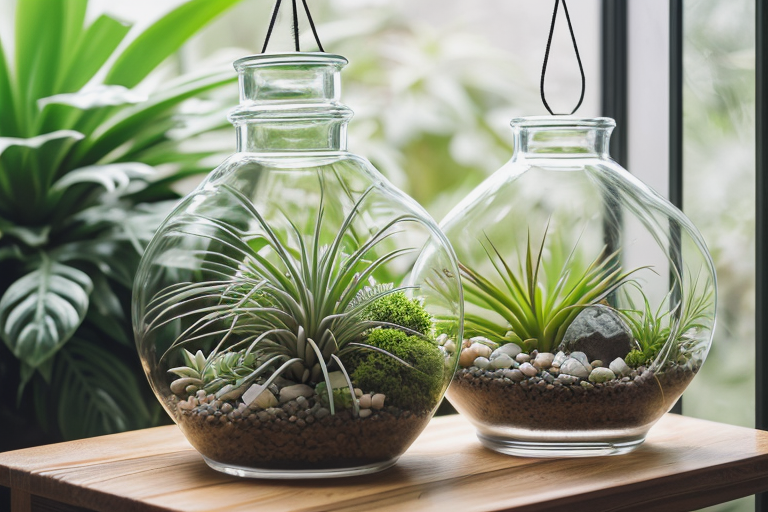Life gets busy. Between work, family, and everything in between, remembering to water a houseplant every few days can feel like a chore. The good news is that nature offers several hardy species that can tolerate irregular watering and still look gorgeous.
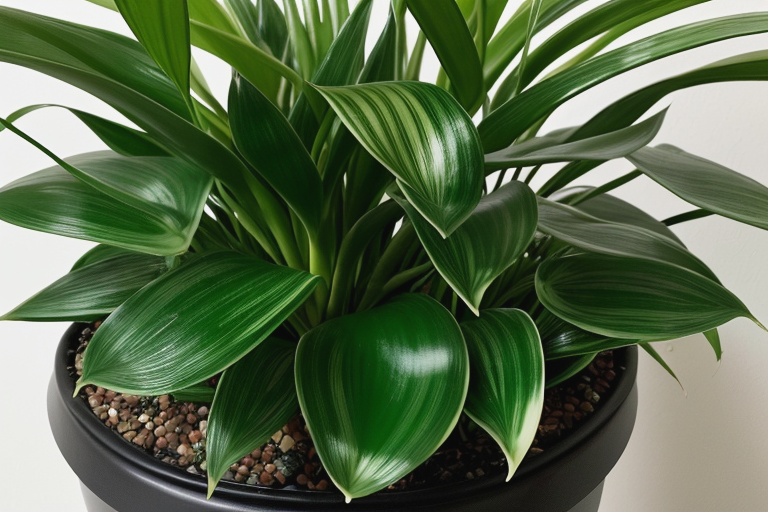
The Beauty of Low-Maintenance Plants
These plants store water in their leaves, stems, or roots, making them perfect for forgetful gardeners or anyone who wants a splash of green without the stress.
Snake Plant (Sansevieria)
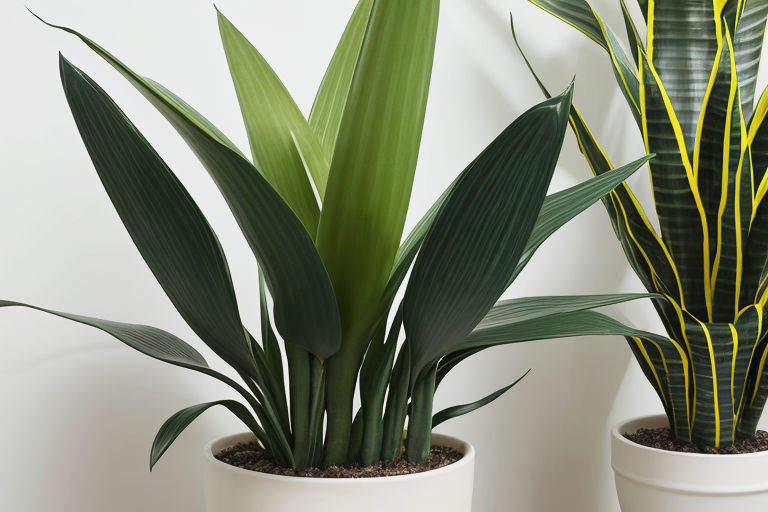
Often called "Mother‑in‑law's tongue," the snake plant is virtually indestructible. Its thick, upright leaves store water, allowing it to go weeks without a drink.
Care Guide
- Light: Bright indirect to low light.
- Water: Let soil dry completely; water every 2–3 weeks.
- Soil: Well‑draining cactus or succulent mix.
- Temperature: 60–85°F (15‑29°C).
ZZ Plant (Zamioculcas zamiifolia)
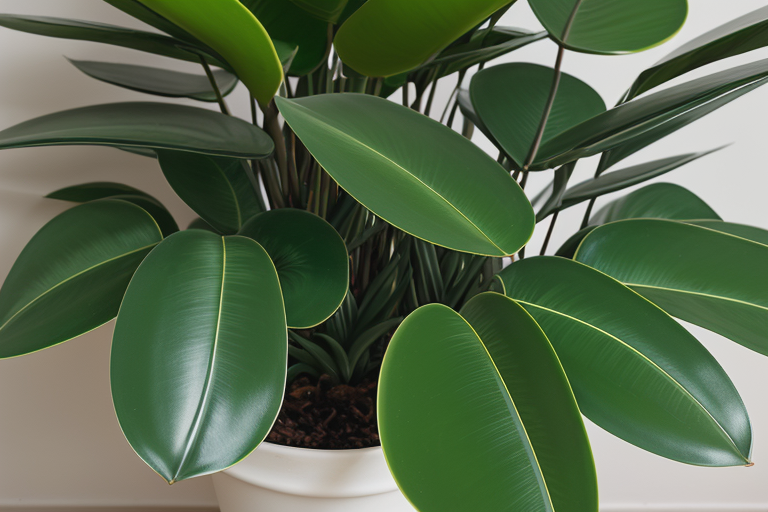
The ZZ plant's waxy, oval leaves store moisture, making it tolerant of neglect and low light.
Care Guide
- Light: Low to bright indirect light.
- Water: Water only when the top 2 inches of soil feel dry (about every 3‑4 weeks).
- Soil: Light, well‑draining potting mix.
- Temperature: 65‑80°F (18‑27°C).
Pothos (Epipremnum aureum)
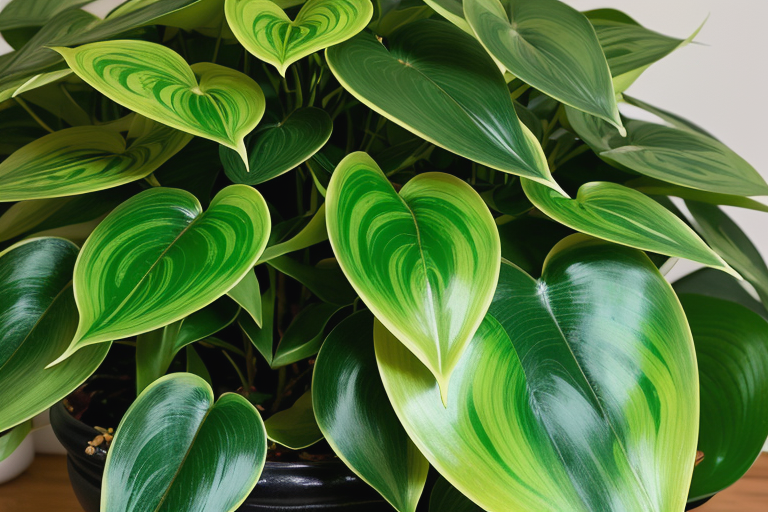
Pothos is a vining plant that thrives on minimal care and can bounce back from occasional over‑watering.
Care Guide
- Light: Bright indirect; tolerates low light.
- Water: Allow soil to dry between waterings (about weekly).
- Soil: General indoor potting mix.
- Tip: Trim vines to encourage bushier growth.
Jade Plant (Crassula ovata)
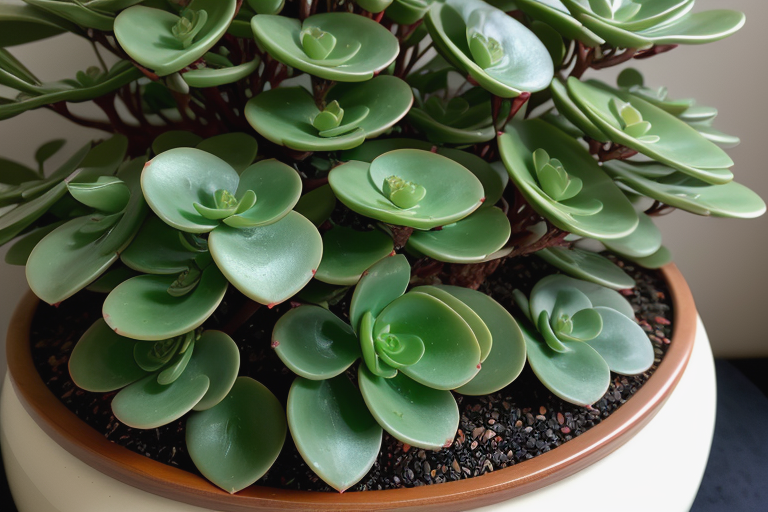
Jade plants are classic succulents with thick, water‑rich leaves that can store enough moisture for weeks.
Care Guide
- Light: Bright direct sunlight.
- Water: Water when the top inch of soil is dry (roughly every 2‑3 weeks).
- Soil: Cactus or succulent mix.
- Temperature: 65‑75°F (18‑24°C).
Cast-Iron Plant (Aspidistra elatior)
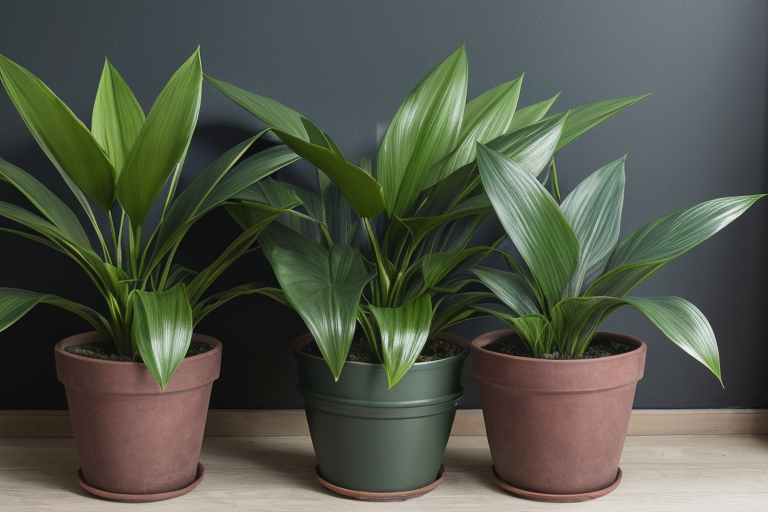
True to its name, this plant is tough as iron. It tolerates low light, temperature fluctuations, and irregular watering.
Care Guide
- Light: Low to moderate indirect light.
- Water: Allow soil to dry slightly between waterings (about every 2 weeks).
- Soil: Standard indoor potting mix.
- Humidity: Average household humidity is fine.
Spider Plant (Chlorophytum comosum)
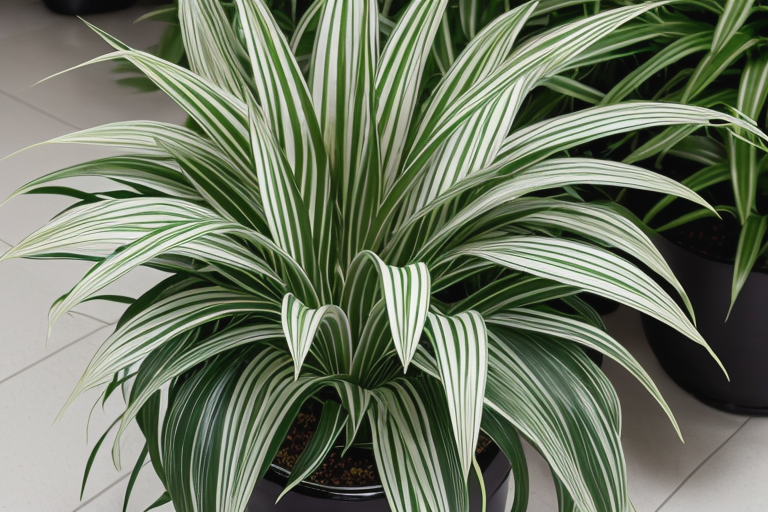
Spider plants are adaptable and forgiving, making them ideal for beginners.
Care Guide
- Light: Bright indirect; tolerates lower light.
- Water: Keep soil lightly moist; water once a week.
- Soil: Well‑draining potting mix.
- Tip: Repot every 1‑2 years to keep it vigorous.
Peace Lily (Spathiphyllum)
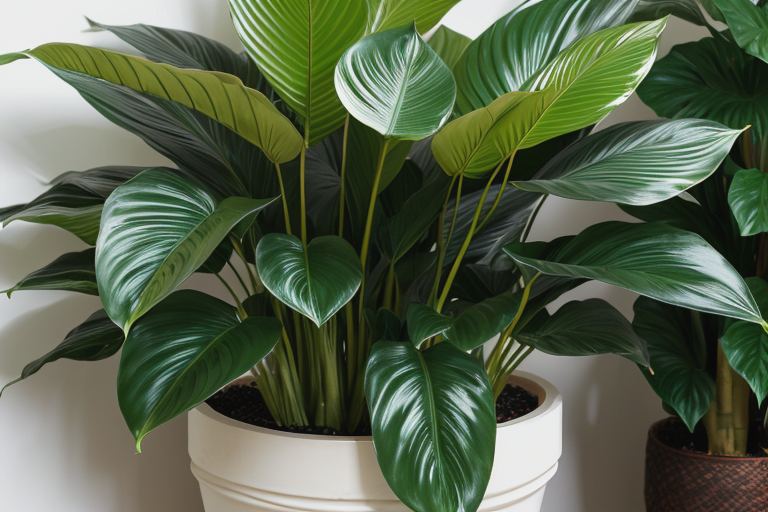
Peace lilies love humidity and can survive weeks of missed watering, though they'll droop to let you know they need a drink.
Care Guide
- Light: Low to medium indirect light.
- Water: Water when the top inch of soil feels dry (about every 1‑2 weeks).
- Soil: Peat‑based potting mix.
- Bonus: Great air‑purifier!
Cactus (Various Species)
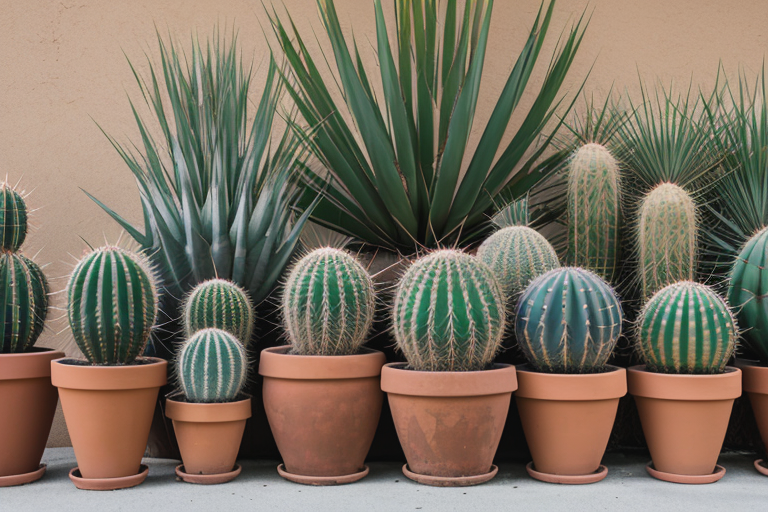
Most cacti are desert‑adapted and can go months without water. Choose a sunny spot and you're set.
Care Guide
- Light: Direct sunlight (6+ hours).
- Water: Water deeply, then wait until soil is completely dry (once a month in winter, every 2‑3 weeks in summer).
- Soil: Cactus/succulent mix.
- Tip: Avoid over‑watering; it's the most common cause of cactus death.
Rubber Plant (Ficus elastica)
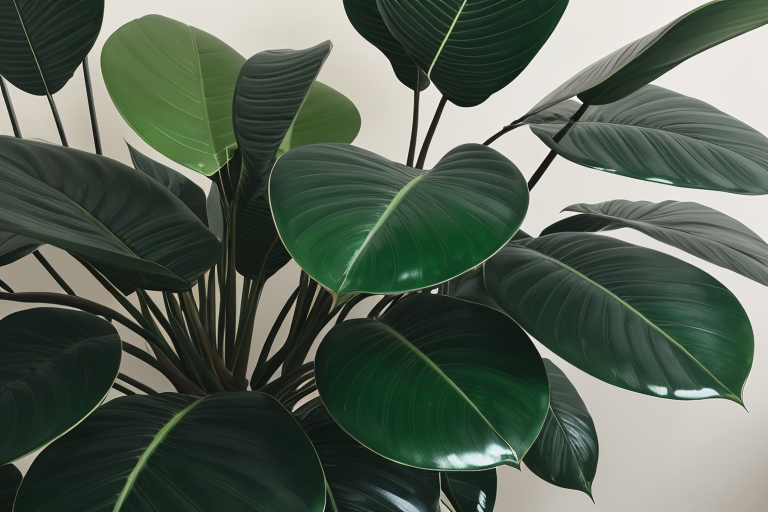
Rubber plants are robust and can handle occasional neglect. Their thick leaves store water, reducing watering frequency.
Care Guide
- Light: Bright indirect light.
- Water: Allow top 2 inches of soil to dry (about every 2 weeks).
- Soil: Well‑draining indoor potting mix.
- Temperature: 60‑85°F (16‑29°C).
Aloe Vera
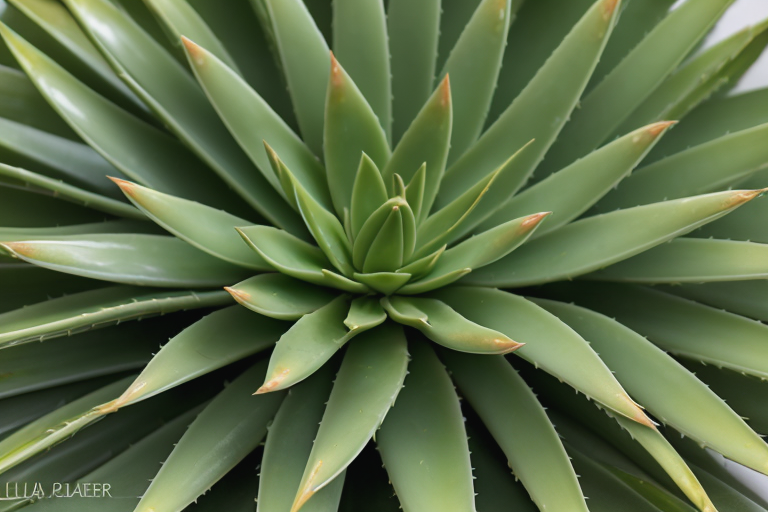
Aloe is not just a soothing skin remedy; it's also a hardy succulent that tolerates infrequent watering.
Care Guide
- Light: Bright indirect or filtered direct light.
- Water: Water deeply, then let soil dry completely (every 3‑4 weeks).
- Soil: Cactus or succulent mix.
- Bonus: Harvest the gel for minor burns and cuts.
Quick Tips to Keep All Your Plants Happy
- Use well‑draining soil. Most forgetful‑water plants hate "soggy feet."
- Pot with drainage holes. Excess water should always be able to escape.
- Check moisture with your finger. Insert 2‑3 cm into the soil; if it feels dry, it's time to water.
- Group plants by light needs. It simplifies placement and reduces over‑/under‑exposure.
- Rotate pots occasionally. This ensures even growth and prevents one side from becoming leggy.
